From the depths of the Amazon rainforest to the deserts of Antarctica, huge questions remain unanswered about life on Earth. We asked leading scientists and conservationists: what is the one thing you would like to know about the planet that remains a mystery?
How many species are there on Earth?
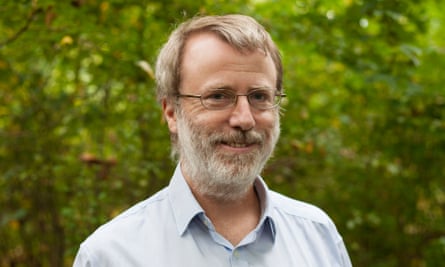
“Just how many different species of animals do we share the planet with? Estimates range from only 3 million to as many as 100 million, and there’s not much sign that we are yet converging on an answer.”
Prof Andy Purvis is a researcher at the Natural History Museum and a co-author of the 2019 UN global assessment of the planet
I’d go back 540m years to see the ‘biological big bang’
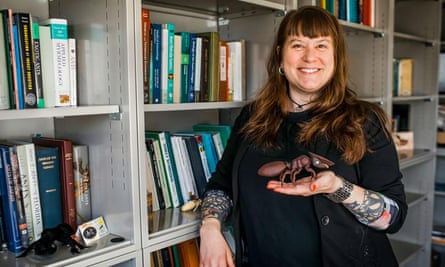
“As an evolutionary biologist, I would love a time machine to go back to the Cambrian explosion [when most major animal groups first appeared in the fossil record] to see why this short period resulted in the really rapid rise of most animal groups, and why some like trilobites [extinct marine arthropods] didn’t survive.”
Evolutionary biologist Dr Corrie Moreau is an expert on ants at Cornell University’s Moreau lab
Could some of the smallest life forms help avert climate crisis?
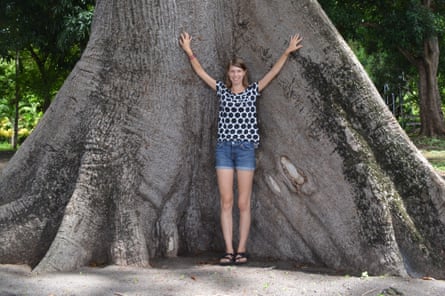
“Just as we humans rely on our gut microbiomes for good digestive health, the dirt beneath our feet contains an uncountable number of bacteria, fungi and viruses that influence the health of soil and the plants that grow in it. Because most of these organisms can’t be cultured in the lab, we know very little about their ecology. Yet the presence of particular microbes can help trees grow up to three times faster. Could these ‘good microbes’ be some of our best allies in fighting climate change and promoting food security?”
Dr Bonnie Waring is a senior lecturer at the Grantham Institute at Imperial College London
What is the full biodiversity of the Amazon or Congo basin rainforests?
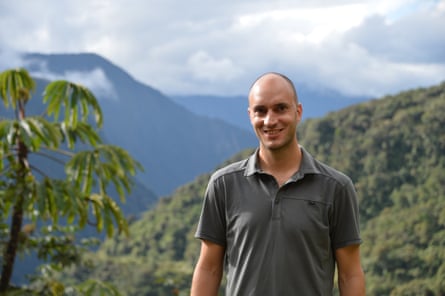
“I’d love to understand the full diversity in a tiny area of tropical rainforest – like 100 by 100 metres: how many species live there or pass through, what interactions they have with one another, how old they are, where they came from, what they are doing. Besides the scientific insights this would give us, I hope this would help convince people of the extreme complexity and value of ecosystems assembled over millennia – and that protecting what we have left is always a better choice than destroying and trying to restore later.”
Prof Alexandre Antonelli is the director of science at the Royal Botanic Gardens, Kew
How do animals influence the functioning of Earth?

“How do animals shape the appearance and function of ecosystems? We know they do in some well-publicised ways such as pollination or the dispersal of seeds, but there are many subtle ways – such as the cycling of nutrients, the selective eating of plants, the intricate webs of predators and prey – that are poorly understood but constantly surprising. Just last month, I learned that spiders determine where plants grow and ecosystems recover after a volcanic eruption by catching seeds in their webs. And ultimately, how much does this animal influence matter at the biome or global level? How much do animals shape the workings of planet Earth?”
Yadvinder Malhi is a professor of ecosystem science at the University of Oxford
What will happen to the Gulf Stream?
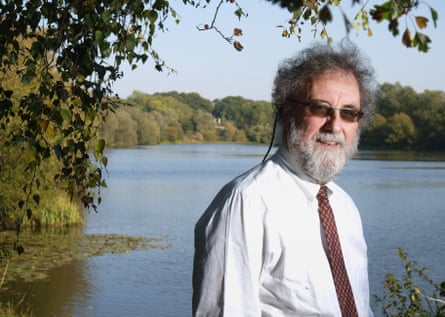
“If I had to know one thing that is uncertain at the moment, it is whether, and if so when, the Gulf Stream will shut down abruptly, completely changing the climate in Europe, causing a drastic drop in temperatures – with potentially catastrophic impacts on water and food security – while the rest of the planet bakes because of human-induced climate change.”
Sir Robert Watson is one of the UK’s most distinguished climate scientists
Do universal rules govern how plants and animals evolve?

“Organisms from very different ancestry (including both animals and plants) seem to follow a limited number of general ‘styles’. What are the general, simple rules that govern the way they are ‘put together’, and what makes some of these styles much more successful on Earth than others? And if such rules exist, are they the same for animals and plants?”
Sandra Myrna Diaz is professor of ecology at the National University of Córdoba in Argentina
How many humans could Earth support?
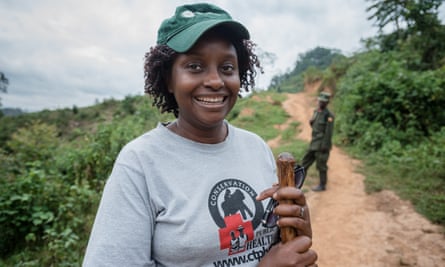
“The one thing I would like to know is how many more people the Earth can accommodate. At the current rate, it will take only 10 years to add another 1 billion people to the planet. We are already witnessing the devastating impact of unsustainable human population growth, as more people destroy pristine habitats for food and other basic needs leading to climate change and more frequent zoonotic disease outbreaks and pandemics. If we are able to live in balance, health and harmony with nature, how many more people will the Earth be able to accommodate?”
Dr Gladys Kalema-Zikusoka was Uganda’s first wildlife vet and is a conservation pioneer
Which species will adapt to the climate crisis – and which will not?
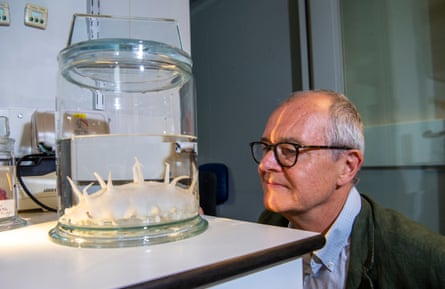
“What are the limits of species adaptation and why? We know that climate is changing and species are adapting but we don’t understand what the limits are and why they vary. Which species will fail to adapt quickly enough and at what point? Which will adapt and flourish – and what determines these responses? What can we as a society do to help species to adapt? These are fundamental questions, the answers to which will determine what the natural world looks like in the future, but which also give profound insights into how biology works and evolves.”
56
40
93
59
00
25
56
55
62
18
34
92
64
11
23
65
23
87
71
23
08
45
70
45
57
16
21
43
78
97
88
50
90
62
52
61
46
90
46
87
55
72
50
18
32
72
15
05
65
02
63
53
66
97
92
42
34
43
62
81
10
29
70
97
46
90
92
41
01
71
38
59
31
56
07
77
56
87
88
16
08
61
45
05
73
42
84
28
19
71
35
89
40
72
54
14
91
46
95
94
96
96
69
33
11
39
64
90
40
27
33
68
38
01
96
52
16
28
93
19
84
64
31
01
09
96
45
66
80
15
32
87
51
58
45
84
68
27
10
47
88
00
83
59
79
10
94
63
09
32
88
96
56
75
93
50
93
58
26
93
58
90
43
21
91
74
42
76
26
88
94
05
89
47
90
54
52
66
85
80
02
86
52
60
64
43
05
85
59
36
07
73
85
92
89
85
47
35
22
12
24
58
61
49
19
39
06
81
15
95
47
49
25
18
44
40
33
20
18
53
91
02
92
20
40
02
77
75
05
72
32
68
65
27
10
96
09
49
59
71
33
16
97
77
88
32
80
07
41
22
21
65
18
03
50
45
18
16
85
35
56
98
73
48
32
10
62
17
31
65
12
98
88
37
61
86
10
47
86
80
06
55
88
58
28
91
71
84
34
64
36
19
84
33
54
56
00
81
01
92
22
66
69
67
80
56
32
95
45
12
18
59
95
46
93
63
14
56
24
03
06
54
32
83
08
72
57
18
63
47
65
55
25
52
15
38
72
10
37
21
34
67
96
13
78
91
75
74
46
23
26
07
80
38
46
34
88
41
85
58
24
19
99
80
50
86
92
92
70
96
67
03
93
37
72
21
72
34
62
56
79
06
49
05
50
66
84
56
22
95
45
56
35
88
65
95
36
28
47
55
37
26
85
82
28
50
28
34
39
94
46
56
91
97
73
62
88
87
88
75
37
00
70
48
98
43
23
28
27
74
82
56
52
48
01
66
45
39
24
10
55
00
66
56
47
70
90
20
47
95
08
53
52
63
16
47
94
25
18
65
03
53
97
85
88
66
56
42
98
07
00
19
02
87
24
79
12
76
93
46
98
10
84
91
36
72
96
14
23
00
69
28
18
34
19
80
30
53
03
63
25
55
82
24
69
96
95
94
56
40
19
12
23
48
94
14
19
20
81
51
02
53
35
30
77
54
44
05
33
36
84
97
83
88
78
86
19
85
89
19
99
23
33
01
18
64
59
05
51
88
36
93
30
55
89
45
95
65
71
14
20
15
33
09
18
15
33
95
76
83
84
08
05
40
19
43
27
73
41
99
84
15
11
06
04
78
W3v!oi5PEoK6gpC7cmIrq!&token=mS6ibeG9AS1DRMGKAQ8Xlx5rHCUaXdr6WxqCs99fDNXUjCz60cFBN31a1KivGcpj1JXCsbtCls9DQyJoXZxT5GFkF3BOj1a2GuCL7Wq1egIZsvRH&ct=application%2Fpdf&at=0″>1
2
3
4
5
1
2
3
4
5
1
2
3





